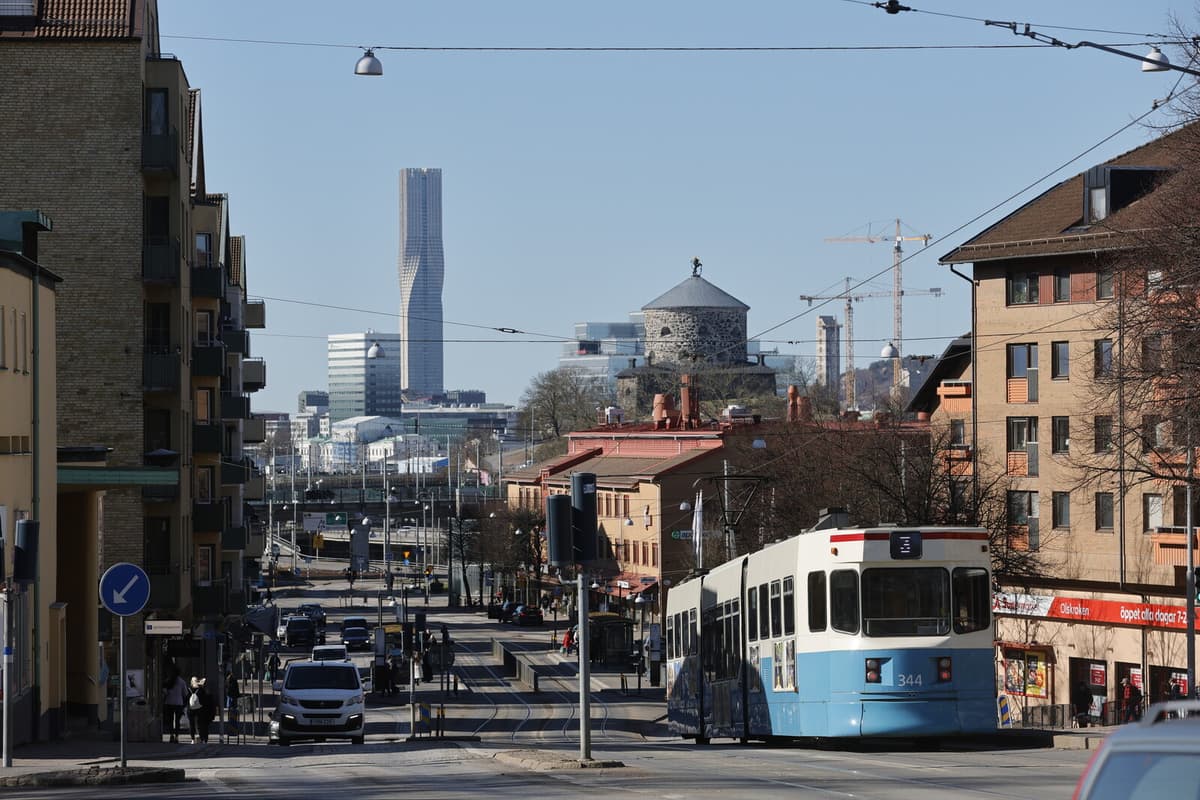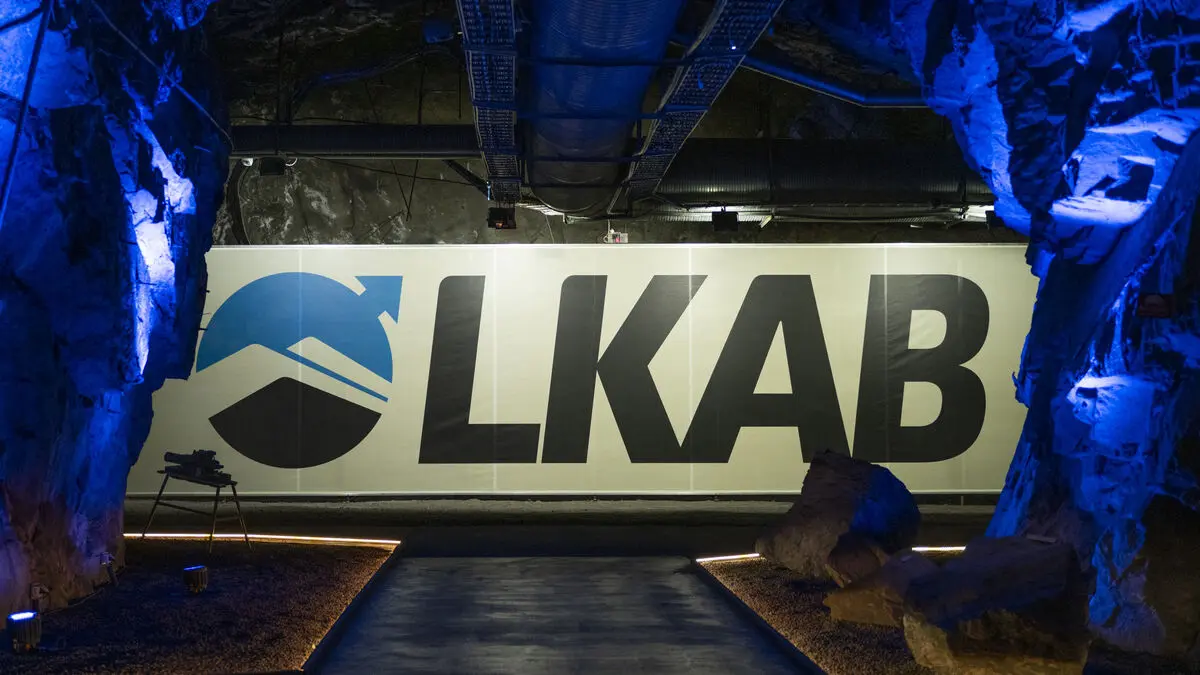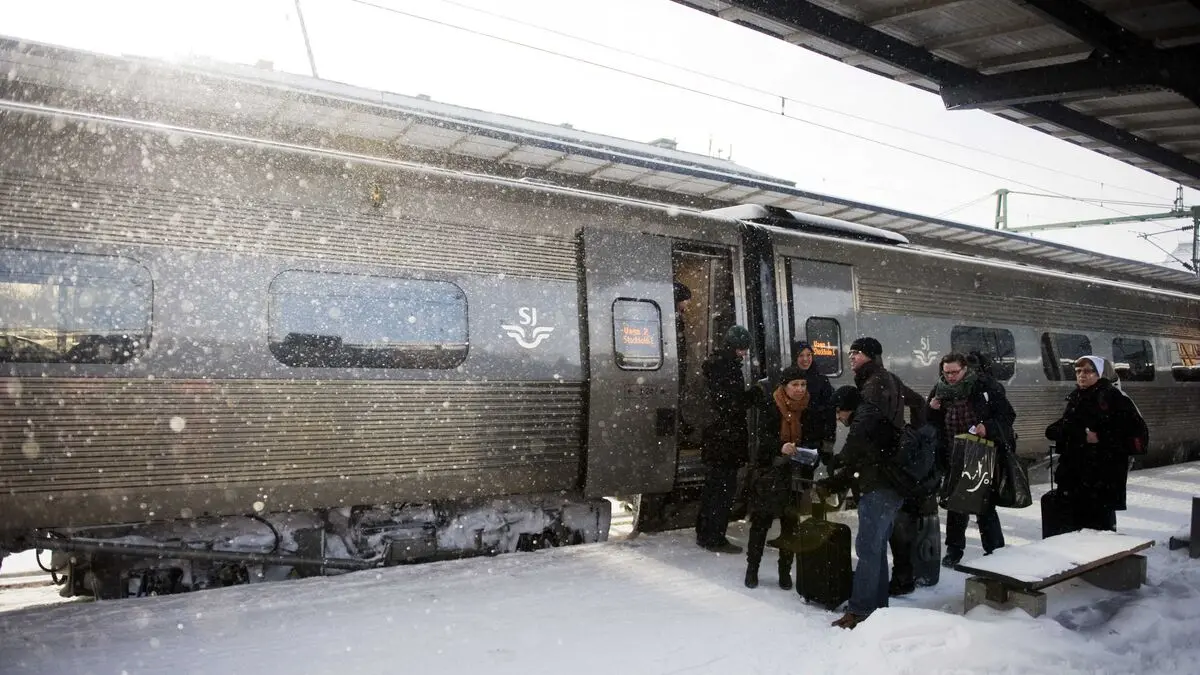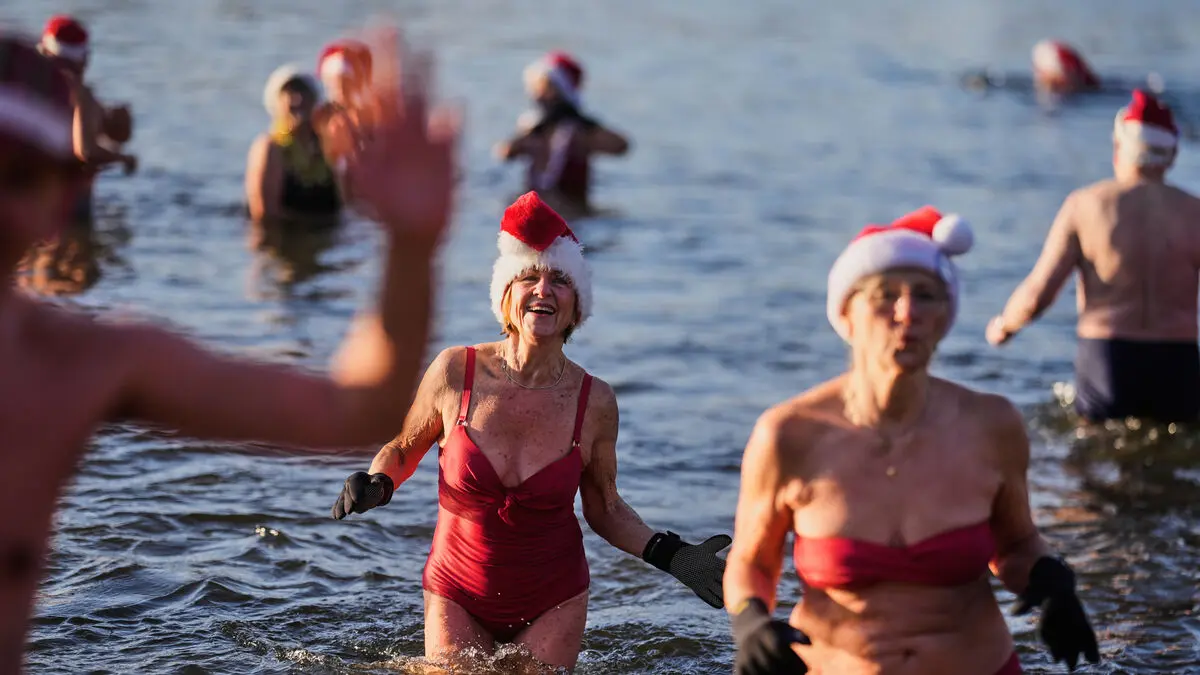The police work according to something called the cylinder model where they divide the people in the gangs into categories from A to D.
Last year, there were 300 people in the police's cylinder in the police area Hisingen. This year, it has increased significantly, to 450 people.
The gangs' recruitment of young people can happen quickly and often starts with easier tasks.
The first task is usually that you enter a Signal chat or a similar app. There you should report when you see the police in the area, says Daniel Norlander to GP.
The steps thereafter can be to hide a weapon or narcotics.
The young people get paid. In the beginning, they may get a pizza, then it becomes a few hundred kronor and thereafter you are in it.
The A-actors in the cylinder model are counted as older and experienced criminals with organizational abilities with low exposure in the areas despite their great influence. B-actors are leading, influential individuals who commit violent crimes, maintain pro-criminal norms among lower actors and have crime as their main occupation. C-actors are performers of tasks that are often driven by a desire to prove their role in the network. They are often younger and are visible in the areas. The D-actors are counted as children and young people who are lured or pressured into criminal environments. Some have committed crimes before.





